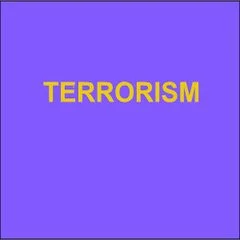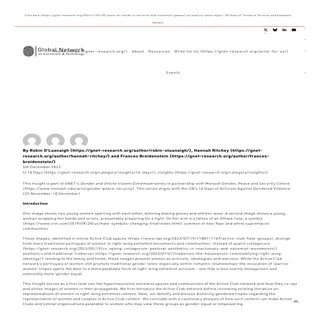By Robin O'Luanaigh, Hannah Ritchey and Frances Breidenstein
One image shows two young women sparring with each other, donning boxing gloves and athletic wear. A second image shows a young woman wrapping her hands and wrists, presumably preparing for a fight. On her arm is a tattoo of an Othala rune, a symbol common in neo-Nazi and white supremacist communities.
These images, identified in online Active Club spaces, diverge from more traditional portrayals of women in right-wing extremist movements and communities. Instead of quaint cottagecore aesthetics and traditional ‘tradwives’ tending to the family and home, these images present women as activists, ideologues and warriors. While the Active Club network’s portrayals of women still promote traditional gender roles–especially within romantic relationships–the invocation of ‘warrior women’ tropes opens the door to a more palatable form of right-wing extremist activism – one that is less overtly misogynistic and ostensibly more ‘gender equal’.
This Insight serves as a first look into the hypermasculine extremist spaces and communities of the Active Club network and how they co-opt and utilise images of women in their propaganda. We first introduce the Active Club network before reviewing existing literature on representations of women in right-wing extremist content. Next, we identify and discuss distinctly gendered tropes regarding the representation of women and couples in Active Club content. We conclude with a cautionary analysis of how such content can make Active Clubs and similar organisations palatable to women who may view these groups as gender-equal or empowering.
Global Network on Extremism & Technology, 2023.


